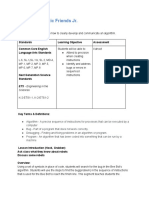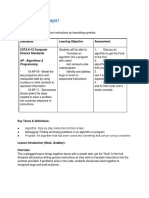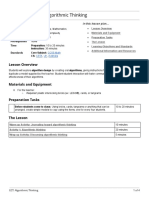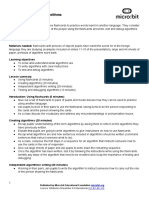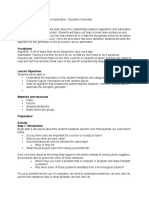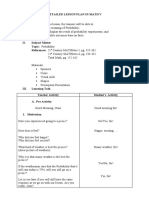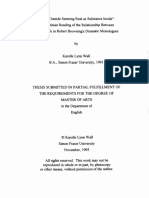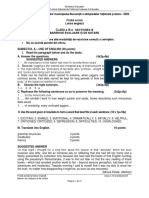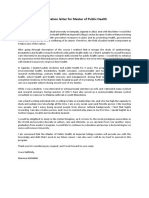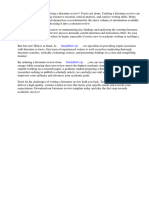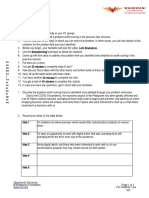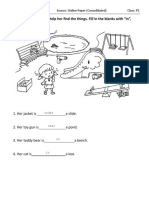0% found this document useful (0 votes)
60 views3 pagesGrade4 Algorithms UnitPlan
The Grade 4 Computer Science Unit Plan focuses on teaching students about algorithms through practical activities and real-world examples. Key learning outcomes include defining algorithms, understanding sequencing, creating and debugging algorithms, and collaborating on projects. The unit consists of six lessons, each with specific objectives, materials, activities, and assessments to foster computational thinking and creativity.
Uploaded by
safianumankhanCopyright
© © All Rights Reserved
We take content rights seriously. If you suspect this is your content, claim it here.
Available Formats
Download as DOCX, PDF, TXT or read online on Scribd
0% found this document useful (0 votes)
60 views3 pagesGrade4 Algorithms UnitPlan
The Grade 4 Computer Science Unit Plan focuses on teaching students about algorithms through practical activities and real-world examples. Key learning outcomes include defining algorithms, understanding sequencing, creating and debugging algorithms, and collaborating on projects. The unit consists of six lessons, each with specific objectives, materials, activities, and assessments to foster computational thinking and creativity.
Uploaded by
safianumankhanCopyright
© © All Rights Reserved
We take content rights seriously. If you suspect this is your content, claim it here.
Available Formats
Download as DOCX, PDF, TXT or read online on Scribd
/ 3













